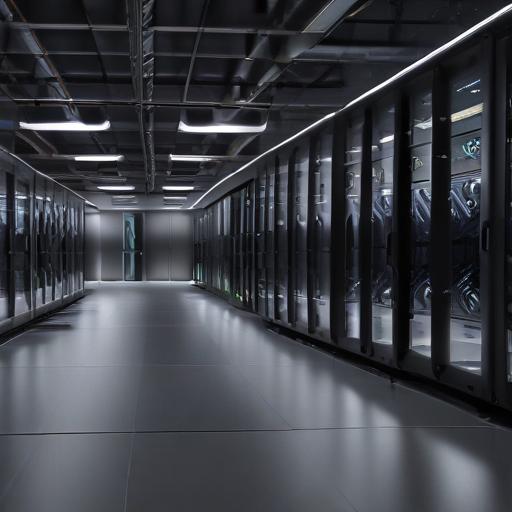Navitas Semiconductor has announced a significant collaboration with Nvidia to develop an 800V HVDC architecture specifically designed for data centers. This partnership aims to enhance power efficiency and simplify infrastructure, showcasing Navitas’ commitment to advancing technology in AI data centers through its innovative GaN (gallium nitride) and SiC (silicon carbide) solutions. These advancements are anticipated to support Nvidia’s next-generation AI workloads by providing scalable and efficient power options.
Despite the promising news, recent analyst insights suggest that Navitas Semiconductor’s stock, currently rated as a Buy with a target price of $6.00, faces challenges related to financial performance. Factors such as profitability issues and negative cash flow have affected its stock score, which is viewed as Neutral by Spark, TipRanks’ AI Analyst. While there is some positive momentum indicated by technical analysis, the company’s valuation remains under pressure due to a negative price-to-earnings (P/E) ratio. However, upcoming earnings calls and corporate events could bring optimism for potential growth.
Founded in 2014, Navitas Semiconductor has established itself as a leader in next-generation power semiconductors and holds over 300 patents, including being the first semiconductor firm to achieve CarbonNeutral® certification. The company continues to focus on sectors including AI data centers, electric vehicles, solar energy, and consumer electronics, highlighting its commitment to sustainable innovation.
With a current market cap of $845.9 million and an average trading volume of over 10 million shares, Navitas is well-positioned to play a crucial role in the evolving semiconductor landscape.
This collaboration with Nvidia not only reinforces the importance of energy efficiency in tech infrastructures but also embodies a larger trend towards sustainable and innovative solutions in the semiconductor industry. Such partnerships are vital for pushing the boundaries of technology, offering a hopeful perspective for future advancements in energy-efficient AI and more.
